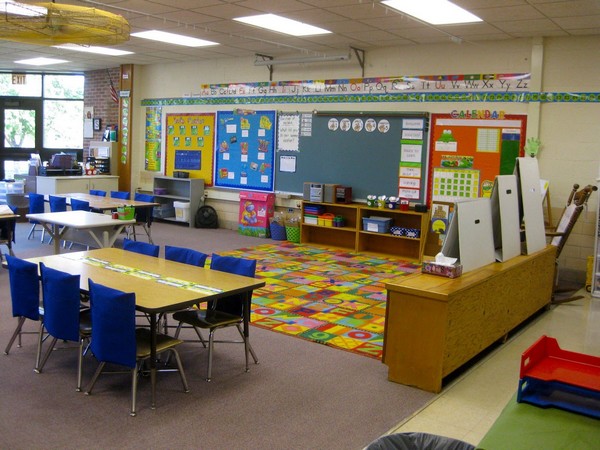An open space classroom is a student-centered learning space hugely popularized in the United States during the 1960s and 1970s. However, there have been reports that the open class movement began back in 1945 in post-world war 2 Britain.
These open space classrooms were set up to encourage students to encourage active learning rather than passive learning. To take part in education by vocalizing their thoughts and not only be subjected to boring lectures. Students were expected to express their knowledge through various forms of media and were not limited to just a pencil, paper, and spoken word.

What was the Idea behind Open Classrooms?
The emphasis behind open space classrooms was to encourage self-directed and self-initiated learning more than teacher-directed learning. Its idea was derived from the one-room schoolhouse where a large number of students of differing skill levels were all taught under one roof; in fact, a single room! In both Britain and the United States, open classrooms generally didn’t have any class lectures, standardized tests, or even a fixed curriculum. These classrooms had planned settings where children came in contact with each other at ‘interest centers.’ Learning encouraged students to learn at their own pace under the careful guidance of a Learning Leader. The Learning leaders were asked to be more hands-on with their students, and this resulted in each child getting more individual attention.
How was the Pedagogy of Open Space Classrooms different?
Instead of having one teacher lecturing an entire class at a time, the room would be divided into several smaller groups based on varying levels of skill for each subject. The students then worked in these smaller groups on the projects that the teachers assigned them. The chief roles of the teacher would be to instruct as well as facilitate learning. The teacher wasn’t required to be the sole speaker as in most traditional forms of schooling.
- How Can Teachers Build Great Relationships With Students?
- Top Reasons Why Students Don’t Admire Going To Schools
Teachers structured the classroom through these small groups. The driving force behind open space classrooms was the idea that students learn best when they are interested and see the importance of what they are doing. It helped them negotiate tough subjects such as reading, math, science, and art.
What can these schools offer young students?
In the 60s and 70s, when the idea of open space education was spreading, several elementary schools adopted the home-like settings of open space classrooms. Active learning was encouraged and propagated in learning centers, and teams of teachers worked with students of different ages. Besides, young children did not have to face the pressures of being given grades.
Since the teacher’s primary role was being a coach for the students rather than a strict instructor, this encouraged students themselves to develop their listening and learning skills. Furthermore, the interaction and intermingling of students of different age groups taught students the necessary interpersonal skills as well.
Conclusion:
Sometimes we tend to forget that despite teachers being experienced and infinitely patient beings, children will always be children. The nature of an open space classroom emphasizes that children need to interact with each other to learn and grow.
An open classroom is an innovative concept but needs to mature further for it to be successful. Hopefully, this article has educated you enough to enable you to form an opinion on an open classroom.
